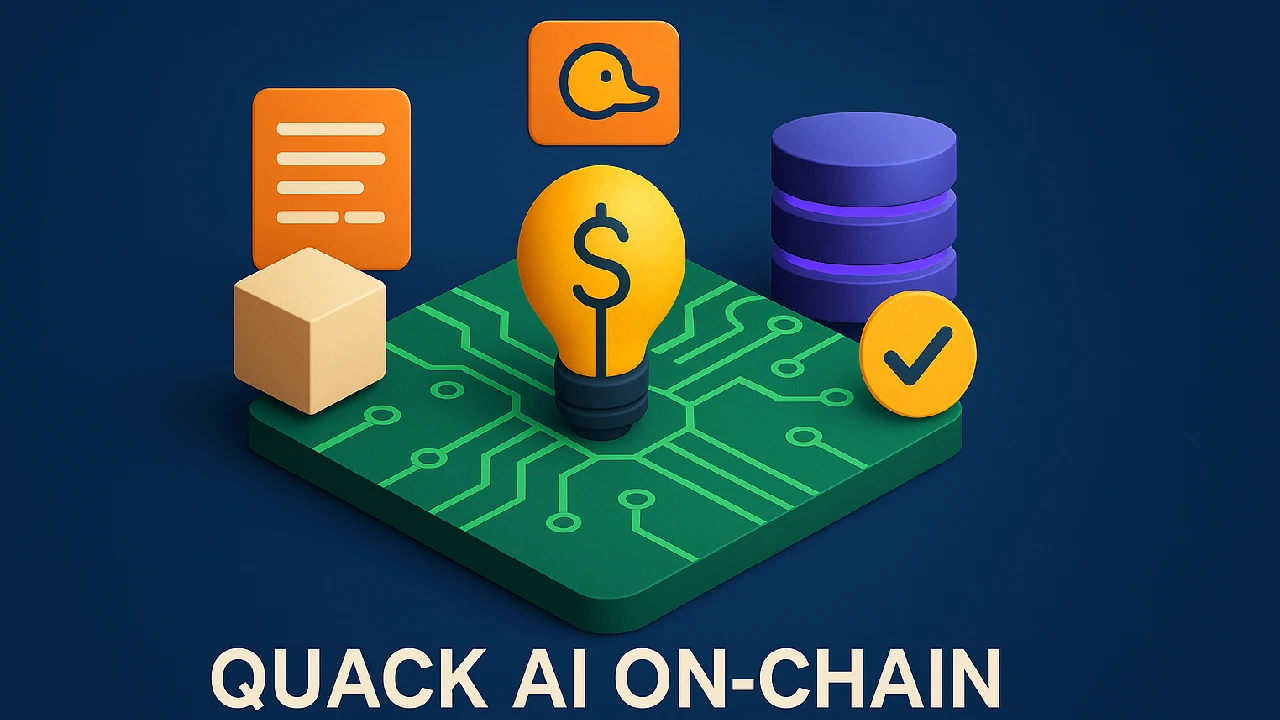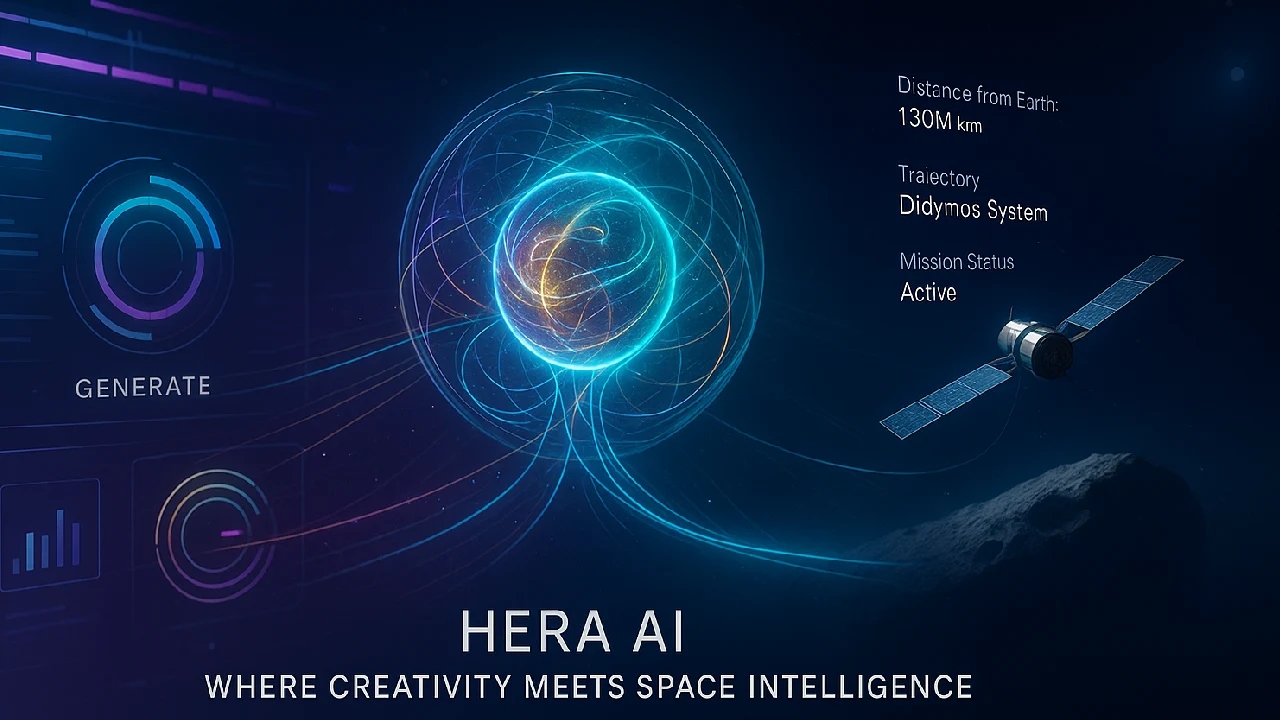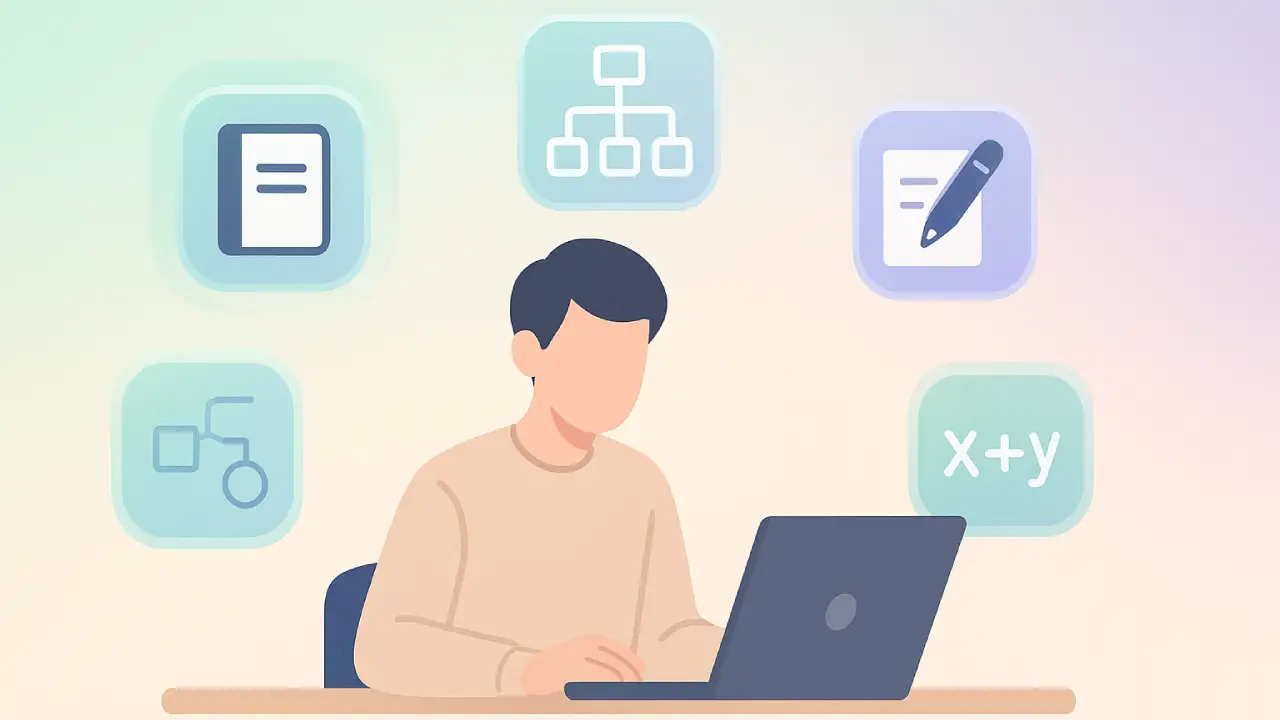Quack AI Governance blends AI and blockchain to provide transparent, automated DAO governance with smart ideas, secure voting, and risk management all on-chain.

Quack AI On-Chain is changing the way decentralized governance works in Web3. Built as an AI-powered governance layer, it enables smarter, more transparent, and community-led decision-making across various blockchains. Quack AI uses technologies like AI-generated ideas and cross-chain voting to address genuine DAO pain points such as inefficiency, bias, and poor participation.
What is Quack AI On-Chain
At its core, Quack AI On-Chain is an AI governance mechanism designed exclusively for Web3. It blends blockchain transparency with AI automation to improve DAO management efficiency. Instead of relying exclusively on human voting and proposal production, Quack AI employs AI agents to help with authoring, analyzing, and even voting on governance issues.
The system is totally on-chain, which means that every proposal, vote, and execution can be verified on the blockchain, including networks such as BNB Chain, Arbitrum, Metis, and the native quackai duckchain.
Key Features of Quack AI Governance
1.AI-Driven Proposal Generation:
One of the most notable characteristics is autonomous proposal drafting. AI agents use treasury balances, KPI trends, and prior votes to generate new governance propositions. This prevents proposal fatigue and keeps governance active even during low-participation periods.
Smart Voting Agents:
Users can delegate their votes to specialized AI agents:
- Sentinel – Security-focused
- Equinox – Balanced governance
- Sprout – Growth-first
- Agora – Decentralization purist
These agents provide tailored voting strategies based on community values.
AI-Powered Analysis:
Before voting, the technology provides predictive insights into what might happen if a proposition passes, offering people greater clarity and decision confidence.
2.Decentralized & Transparent Decision-Making
On-Chain Voting:
All governance actions occur on-chain — making it fully auditable. Whether on quackai duckchain or partner networks, votes are immutable and transparent.
iSmart Contract Execution:
Once a proposal is passed, it’s automatically executed via smart contracts no human delays, no manipulation.
Community Proposal Access:
Any qualified member can submit proposals, ensuring quack ai governance stays open and inclusive.
3.Risk Management and Security
AI Risk Scoring:
Quack AI includes risk & impact scoring dashboards that grade each proposal on decentralization, sustainability, and risk. These are AI-generated but auditable, offering clear risk assessments.
Machine Learning Risk Models:
Real-time market data helps detect liquidity risks, governance attacks, or volatility — and the system recommends corrective actions proactively.
Transparent Treasury:
Treasury inflows/outflows are managed and displayed publicly on-chain to build trust.
Third-Party Audits + Time Locks:
Smart contracts are regularly audited, and major governance changes include time delays to allow community review.
4.Integration with DeFi & Multi-Chain Ecosystems
DeFi Governance:
Quack AI can govern parameters like lending rates, token rewards, and liquidity incentives across DeFi platforms. It enables DAOs to run DeFi protocols more strategically.
Cross-Chain Voting:
Through a unified interface, $AIQ holders can participate in governance across different chains. This cross-protocol reach is crucial for projects managing liquidity and risk across multiple ecosystems.
quackai duckchain plays a central role here as the native chain for experimentation and governance testing.
5.Tokenomics & Utility of $AIQ
Voting Power:
Holding $AIQ means having a voice in quack ai governance.
Staking & Rewards:
Users who stake $AIQ can boost their influence, earn rewards, and secure the network.
Premium Tools Access:
Some features like cross-chain governance and deep AI analytics require $AIQ tokens to unlock.
Sustainable Model:
A portion of fees is burned or sent to the community chest, ensuring long-term economic health.
Roadmap to Full Autonomy
The long-term goal is to make quack ai on-chain completely autonomous, with suggestions created, voted on, and executed without human interference. The road map includes:
- Core protocol setup
- AI-assisted governance
- Cross-chain governance expansion
- Full on-chain AI-driven autonomy
While the goal is audacious, it also carries issues such as AI bias and regulatory ambiguity, both of which Quack AI is actively addressing.







